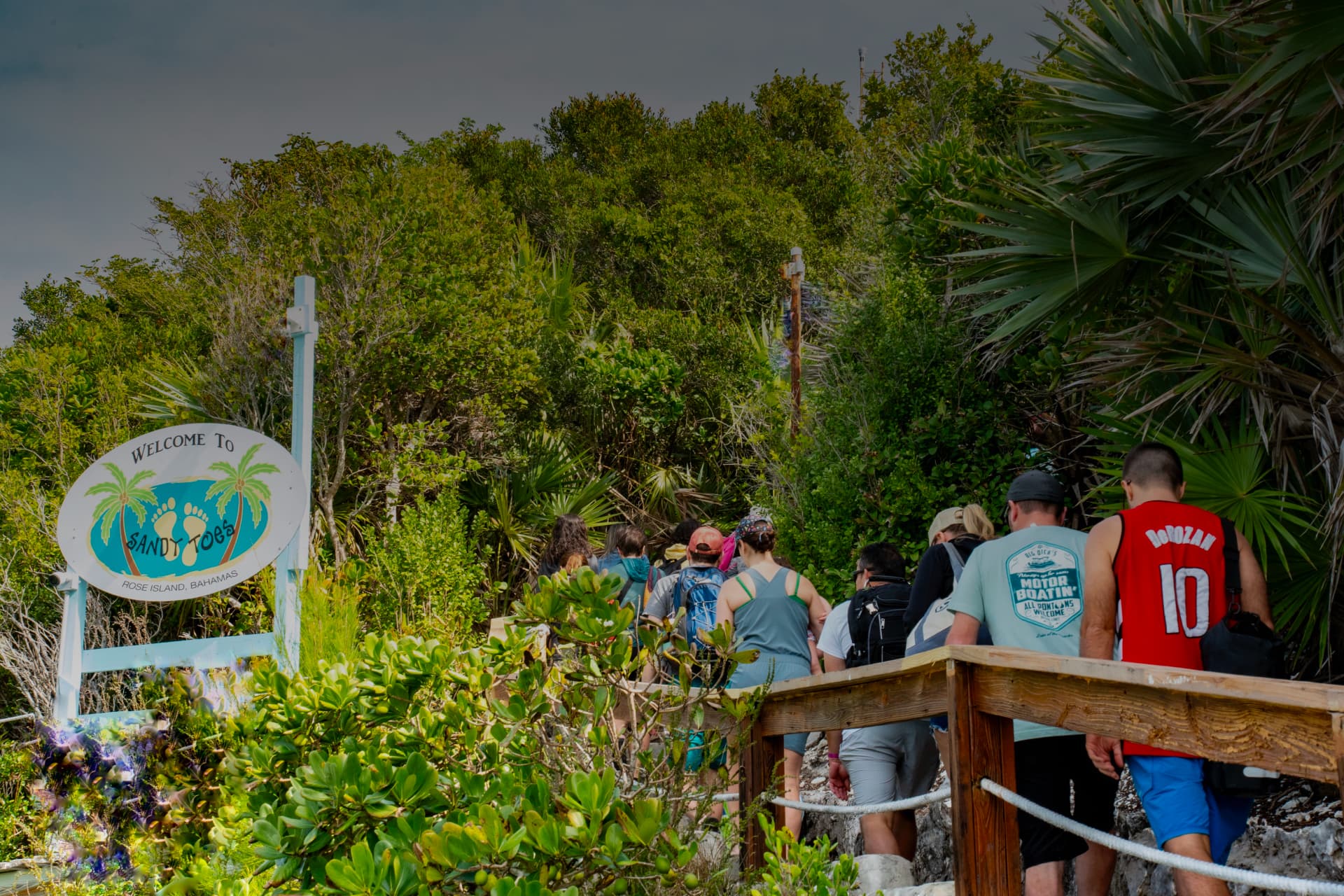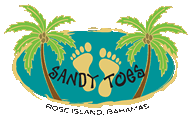Did you know?
In the winter, temperatures rarely fall below 60°F, and usually reach 77°F by mid-afternoon. During the summer, temperatures fluctuate between 85-90°F in the daytime and 75°F or less in the evening.
The Bahamas stretch over a distance of some 760 miles from northwest to southeast and includes 30 inhabited islands, 661 cays, and about 2,387 exposed reefs.
The Bahamas is a parliamentary constitutional monarchy headed by King Charles III in his role as King of The Bahamas.
The colours embodied in the design of the Bahamian flag symbolise the image and aspirations of the people of The Bahamas; the design reflects aspects of the natural environment (sun, sand, and sea) and the economic and social development.
The yellow elder was chosen as the national flower of The Bahamas because it is native to the Bahama Islands, and it blooms throughout the year.
The official currency is the Bahamian dollar (B$), but US dollars are used here interchangeably because they are of an equivalent value.
Cars drive on the left-hand side of the road.
The official language of The Bahamas is English, spoken with a British-sounding accent and using some words distinct to the area.
Nassau is connected to the equally popular destination called Paradise Island. They are connected by two 600-foot bridges.
The Bahamas’ capital city is Nassau.
The Bahamas’ highest point: Mount Alvernia on Cat Island 63 meters.
Junkanoo is a traditional Bahamian street parade of music, dance, and art held in Nassau (and a few other settlements) every Boxing Day and New Year’s Day. Watch the video to check out a mini “rush out” at Sandy Toes!

